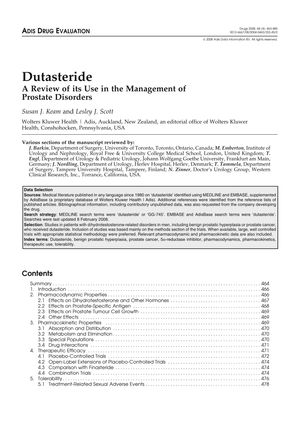TLDR Dutasteride effectively treats enlarged prostate, reduces prostate cancer risk, and promotes hair regrowth with few side effects.
In 2008, dutasteride was evaluated for its efficacy in treating benign prostatic hyperplasia (BPH) through several studies, including over 4000 men in phase III trials. The medication, a dual 5α-reductase inhibitor, was effective in improving urinary symptoms, reducing prostate volume, and decreasing the risk of acute urinary retention and BPH-related surgery. Dutasteride was also found to be more effective than finasteride in reducing serum dihydrotestosterone (DHT) levels, with a median decrease of 93.7% over 2 years. It was well tolerated, with sexual adverse events being generally transient and low in incidence. Combination therapy with dutasteride and tamsulosin showed superior results compared to monotherapy. Additionally, dutasteride demonstrated potential in reducing the risk of prostate cancer in at-risk men and extending time to progression in men with low-risk localized prostate cancer. The drug's effects on hair regrowth were also noted, with a 24-week trial showing significant improvement compared to placebo, and dutasteride 2.5 mg/day being superior to finasteride 5 mg/day for this purpose. The document concluded that dutasteride is an effective and well-tolerated treatment for BPH and may have potential benefits in prostate cancer risk reduction and hair regrowth.
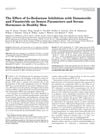 195 citations
,
February 2007 in “The Journal of Clinical Endocrinology and Metabolism”
195 citations
,
February 2007 in “The Journal of Clinical Endocrinology and Metabolism” Dutasteride and finasteride may reduce sperm count and volume but don't affect movement or shape; effects are reversible after stopping.
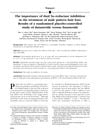 215 citations
,
November 2006 in “Journal of The American Academy of Dermatology”
215 citations
,
November 2006 in “Journal of The American Academy of Dermatology” Dutasteride more effective for hair growth, but has more side effects than finasteride.
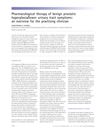 98 citations
,
August 2004 in “BJU international”
98 citations
,
August 2004 in “BJU international” Medications have become the main treatment for enlarged prostate symptoms, replacing surgery and watchful waiting.
408 citations
,
May 2004 in “The Journal of clinical endocrinology and metabolism/Journal of clinical endocrinology & metabolism” Dutasteride more effectively lowers DHT levels in men with enlarged prostates than finasteride.
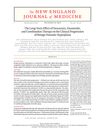 1707 citations
,
December 2003 in “The New England Journal of Medicine”
1707 citations
,
December 2003 in “The New England Journal of Medicine” Combination therapy of doxazosin and finasteride safely and effectively reduces benign prostatic hyperplasia progression risk.
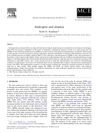 165 citations
,
December 2002 in “Molecular and Cellular Endocrinology”
165 citations
,
December 2002 in “Molecular and Cellular Endocrinology” Male hormones, particularly DHT, are linked to male pattern hair loss, and treatments like finasteride can help, but they don't work for postmenopausal women's hair loss, which may have different causes.
April 2013 in “The FASEB Journal” Dutasteride showed some prevention of prostate issues but also had limitations, especially with high-grade tumors.
1 citations
,
November 2010 in “Anticancer Research” Finasteride and dutasteride both increase chromogranin A levels similarly.
386 citations
,
April 2006 in “PubMed” BPH is common in older men and often occurs with other age-related health issues.
20 citations
,
January 2004 in “PubMed” Dutasteride reduces DHT more than finasteride, but both drugs improve BPH symptoms similarly.
